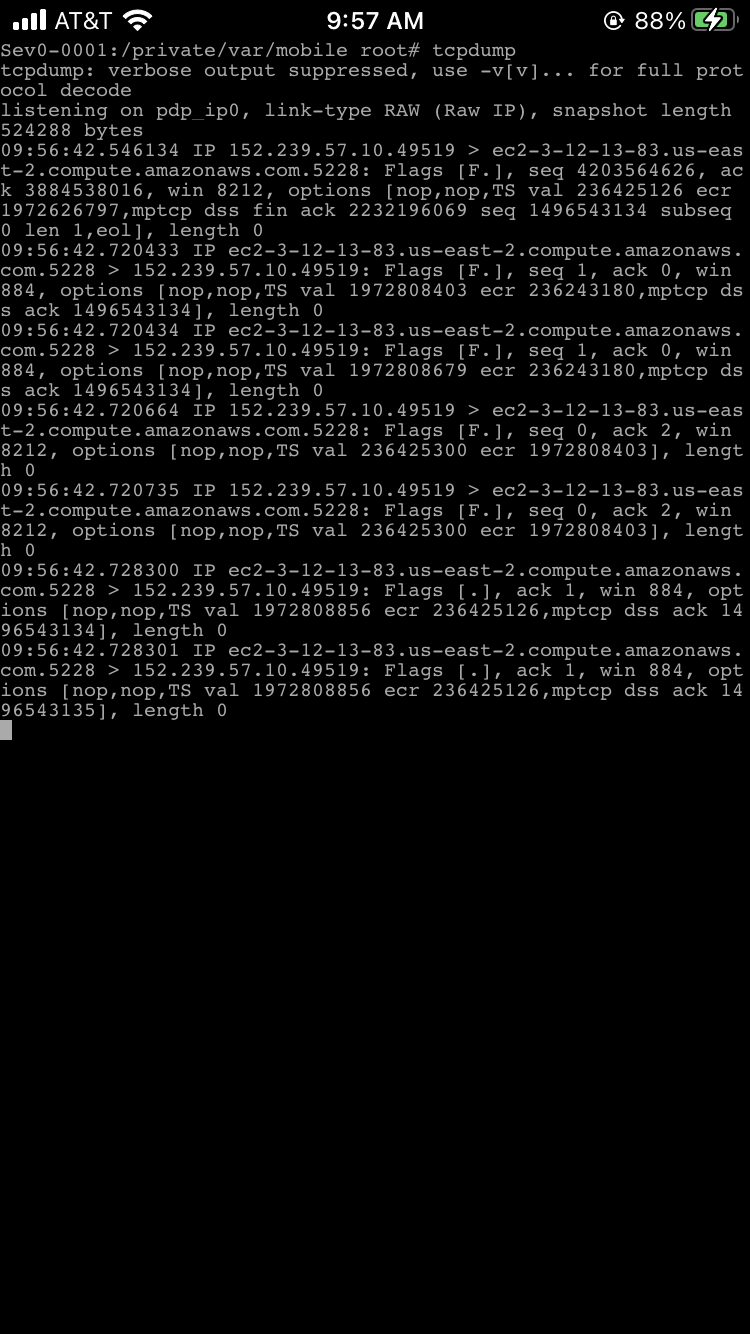In 2024, businesses face more complex and evolving cyber threats than ever before. With ransomware attacks, data breaches, and other cyber incidents on the rise, organizations must stay vigilant and proactive to protect critical assets. Here, we’ll explore the top cybersecurity risks in 2024 and offer actionable steps to mitigate them, ensuring your business remains secure in an increasingly hostile cyber landscape.
1. Ransomware Attacks on the Rise
Ransomware continues to be one of the most damaging threats to businesses worldwide. Cybercriminals use ransomware to encrypt data and hold it hostage, often demanding significant ransom payments to restore access.
Mitigation Steps:
- Backup Regularly: Schedule automated backups and store copies in secure, offsite locations.
- Implement Multi-Factor Authentication (MFA): MFA reduces unauthorized access, limiting potential exposure if credentials are compromised.
- Employee Training: Educate staff about phishing and social engineering tactics that often lead to ransomware infections.
2. Supply Chain Attacks Targeting Third-Party Vendors
As businesses rely on third-party vendors for essential services, supply chain attacks have become more prevalent. Hackers target vendors or partners with weaker security, gaining access to multiple organizations through a single breach.
Mitigation Steps:
- Vet Vendors Carefully: Conduct security assessments of any third-party vendors and ensure they follow strict cybersecurity standards.
- Use Network Segmentation: Separate your network segments, isolating high-risk systems to prevent a breach from spreading.
- Limit Access Privileges: Grant vendors access only to necessary systems and data, minimizing exposure if they’re compromised.
3. Phishing and Social Engineering Attacks
Phishing attacks, including email and SMS phishing, trick employees into revealing sensitive information. As attackers improve their tactics, these social engineering attacks have become harder to detect.
Mitigation Steps:
- Security Awareness Training: Train employees to recognize phishing attempts and suspicious messages.
- Implement Email Filtering Tools: Use advanced email filtering to reduce the likelihood of phishing emails reaching inboxes.
- Limit Sensitive Information Sharing: Establish policies that restrict sharing sensitive data via email or messaging apps.
4. Cloud Security Misconfigurations
As more businesses transition to cloud services, cloud misconfigurations have become a leading cause of data breaches. Misconfigured settings can expose sensitive data to the public, leaving organizations vulnerable to cyber attacks.
Mitigation Steps:
- Follow Cloud Provider Security Best Practices: Review and adhere to security recommendations provided by your cloud service provider.
- Regular Audits: Schedule routine audits to check for misconfigurations or weak permissions in cloud environments.
- Access Control Management: Ensure proper access control policies are implemented, limiting user permissions to the minimum necessary.
5. Insider Threats from Employees or Contractors
Insider threats, whether accidental or malicious, pose a significant risk to businesses. Employees or contractors with access to sensitive information may unintentionally or intentionally compromise data security.
Mitigation Steps:
- Restrict Access Levels: Implement role-based access controls to limit data exposure to only what’s necessary.
- Monitor User Activity: Use monitoring tools to detect unusual or suspicious activity among users.
- Foster a Security-Conscious Culture: Create a workplace culture that emphasizes data security and encourages employees to report potential issues.
6. Internet of Things (IoT) Vulnerabilities
With IoT devices becoming more common in both consumer and industrial settings, IoT vulnerabilities introduce unique security challenges. Many IoT devices lack strong security protocols, creating entry points for attackers.
Mitigation Steps:
- Device Patching and Updates: Ensure all IoT devices are regularly updated with the latest security patches.
- Network Segmentation: Place IoT devices on separate network segments, reducing the risk of lateral movement in case of compromise.
- Strong Authentication Controls: Use strong, unique credentials and, where possible, implement multi-factor authentication for device access.
7. Zero-Day Exploits and Unpatched Vulnerabilities
Zero-day exploits and unpatched software vulnerabilities provide cybercriminals with immediate entry points to compromise systems. As these exploits target unknown or unpatched vulnerabilities, they are challenging to defend against.
Mitigation Steps:
- Automated Patching: Implement automated patch management to ensure all systems are updated with the latest security fixes.
- Vulnerability Scanning: Schedule regular vulnerability scans to identify and address unpatched software.
- Intrusion Detection Systems (IDS): Deploy IDS tools to monitor for signs of zero-day attacks, allowing rapid response.
8. Remote Work and BYOD Risks
With remote work and Bring Your Own Device (BYOD) policies on the rise, businesses face new security challenges. Employees connecting to corporate networks from personal devices increase the risk of malware and unauthorized access.
Mitigation Steps:
- Enforce BYOD Policies: Require employees to follow specific security guidelines for personal device use.
- VPN Usage: Mandate VPN use for remote work to secure data transmissions.
- Endpoint Protection: Deploy endpoint protection software to monitor and secure all devices accessing the corporate network.
Strengthen Your Security Posture for 2024
The evolving cyber threat landscape demands a proactive approach to protect your business from potential attacks. By understanding and addressing these top cybersecurity risks for 2024, organizations can better prepare for and mitigate security threats.
At Severity Zero, we specialize in comprehensive risk assessment and cybersecurity solutions tailored to protect against these risks. From vulnerability scanning and penetration testing to cloud security assessments, our expert team is here to help you fortify your defenses and stay one step ahead of cybercriminals.








